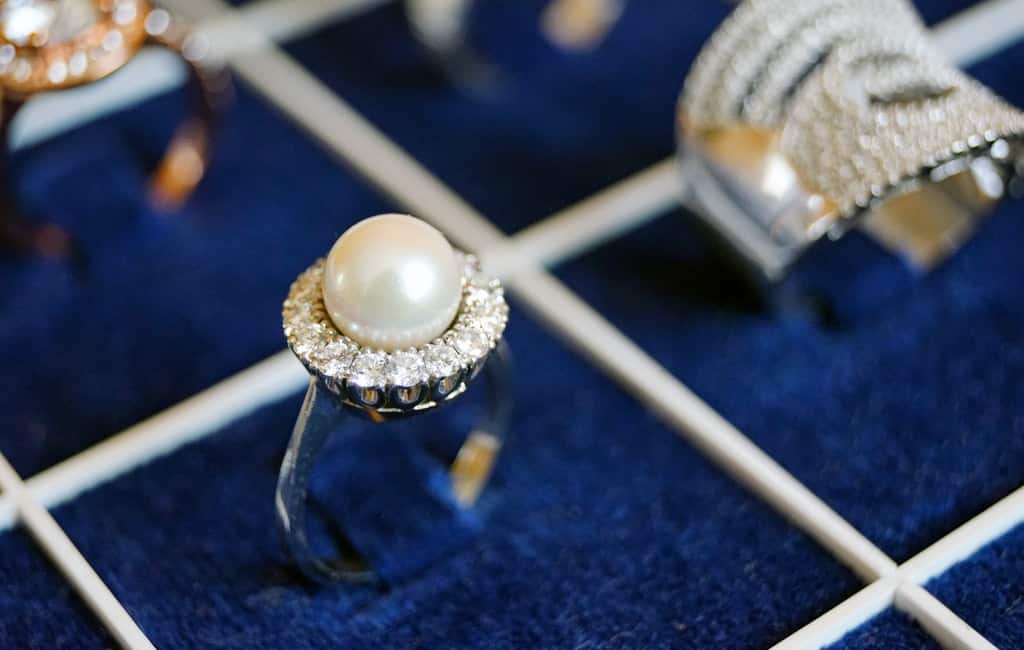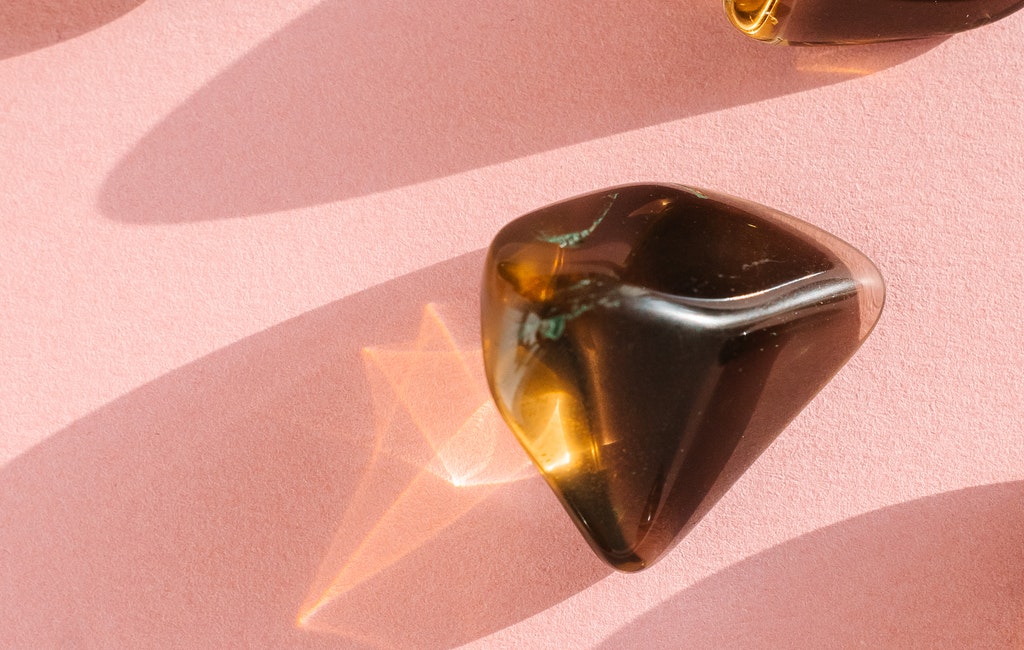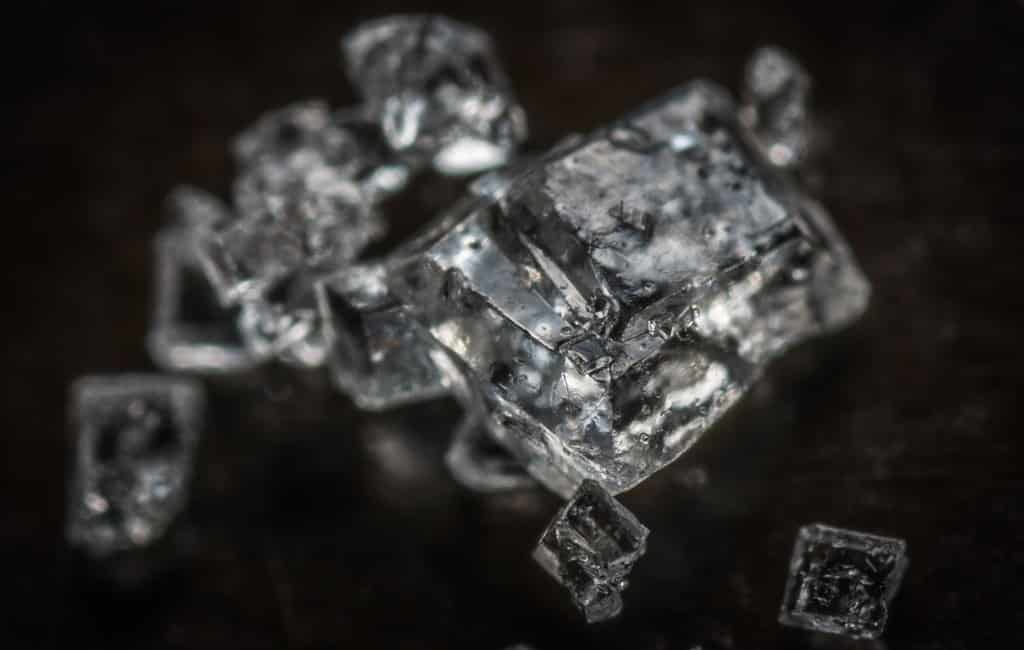Gems are referred to as valuable or rather semi – precious stones, mostly when they are out as well as glossy and lustrous or rather incised. Gems are also often called gemstones precious stones or jewels. There are quite a number of gems. Few examples of gems include: ruby, turquoise, diamond, topaz, onyx, iolite, lapis lazuli, fire opal, emerald, amethyst, citrine and aquamarine. Gems are classified by color. A gemstone is a piece of mineral or other rock or organic material that can be used to make pieces of jewelries or accessories after it has been slashed into smaller sizes.
WHAT IS THE MEANING OF GEMOLOGY?
Gemology is referred to as the study of gemstones. The evaluation of a gemstone is based on the value of the gem given by a gemologist, one who studies these gems. Gems are usually decorative and very beautiful. Unpolished gemstones look like ordinary rocks but cutting and polishing permit them to have brilliance and color (which adds to their value). These properties – brilliance and color – cannot be found in every type of stones, and this is what makes gemstones unique.
Gemstones are popularly made from minerals and other materials like amber or rocks like lapis lazuli; all these materials can be used in the process of making gemstones. A large portion of gemstones are hard though this is dependent on the piece of jewelry being produced, a few soft minerals are also used. Ruby, diamond, emerald, sapphire, are examples of precious gemstones while opal, amethyst, citrine, garnet, turquoise are examples of semi – precious stones. Classifying a stone as precious or semi – precious is not a measure of how young or good looking the stones seem to be but it is mainly marketing strategy aimed at making certain stones seem more rare, important and valuable than others.

Majority of gemstones are formed below the earth surface, there are various ways that individual stones can be formed. A large number of these precious stones are created when the minerals react and come in contact with water that is located just below the surface of the earth and then the mineral dissolve. This process makes room for the minerals to configure with gemstones like agates, opals and amethysts forming when the solution cools or evaporates. Diamonds, sapphires, emeralds are said to be precious and thereby (according to sales people) the most valuable and most desirable. However, there are many other gems.
CHARACTERISTICS OF OTHER GEMS
Other gems, which are not often referred to as precious stones include azurite, malachite, or turquoise; which are created when water mix with rocks that are abundant in copper. The ancient Egyptians have a solid history linked to turquoise gems. Turquoise gems are said to be exceedingly precious and valuable. It is an amazing fact to note that turquoise gems have been in existence for four thousand years or even longer! In summary, classification of stones most times is based on marketing type. Rarity and notoriety are other characteristics that lend value to gemstones. There are numerous classes of gemstones and they can be classified based on how they are formed. Gems can be formed from minerals, organic materials, crystals and other inorganic materials or rocks. But then, what exactly are rocks?
WHAT ARE ROCKS?
In geology, rocks are naturally occurring and coherent aggregate of one or more minerals. Such aggregates make up the fundamental components from which the solid earth is composed and typically form recognizable volumes. Quite basically, a rock can be defined as a natural substance composed of solid crystals of contrasting minerals that have been combined into a solid lump. The minerals may or may not have been formed at the same time but what is essential is that natural processes cement them together.
There are three basic classes of rocks, which are: igneous rocks, sedimentary rocks and metamorphic rocks. These three classes can further be divided into many categories and types based on numerous factors; the most essential which are (the rock’s) mineralogical, chemical and textural attributes.
It is important to have a broad knowledge of rocks, in order to understand how they are formed. Rocks are produced and formed from minerals that make up the earth. They vary in size. They can be minute pebbles or mountains large enough to climb on, walk on, or drive on. Generally, they do not have a specific mineral or chemical composition (these properties vary in nature), but majority of these rocks are not cut and not polished so that they can be used as gemstones, few rocks including lapis lazuli are categorized as gems or precious stones.

ARE GEMS ROCKS?
There are quite a number of similarities between rocks and gems. Both rocks and gems are formed from a combination of minerals, which occur naturally within the earth’s surface and are solid formations. They are both defined by their shape and their crystalline make up and, additionally, they are both formed when magma, which is molten rock, cools. Usually, minerals are discovers in between sediments or in places that contain flowing or cooled lava. As a matter of fact, more than four thousand minerals are formed naturally within the earth, with each one having its specific crystal structure. These minerals have contrasting distinct groupings and a few of them are luster, hardness, color, fracture and tenacity. Some of them also have properties like fluorescence and radioactivity.
Rocks are composed of all kinds of minerals (there are several thousand – and perhaps million – types of minerals that occur naturally on this planet Earth); many of which are mined for several reasons. Gemstones are generally minerals (but occasionally rocks) to which we accord more value and that jewelers can produce or manufacture into something really enchanting, alluring and captivating.
However, gems are rocks. It becomes particularly easy to realize this when we consider the fact that minerals which are formed from the cooling of lava tend to occur in the form of crystals that comprise of different kinds of rocks and gemstones. As a matter of fact, some rocks are classified as gems.

